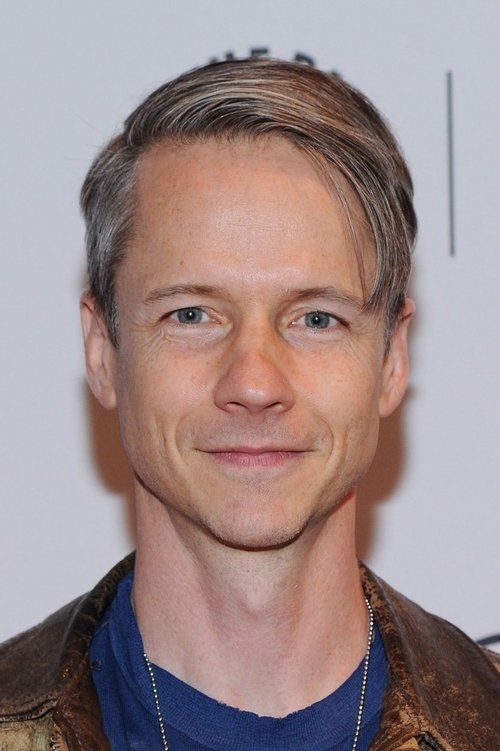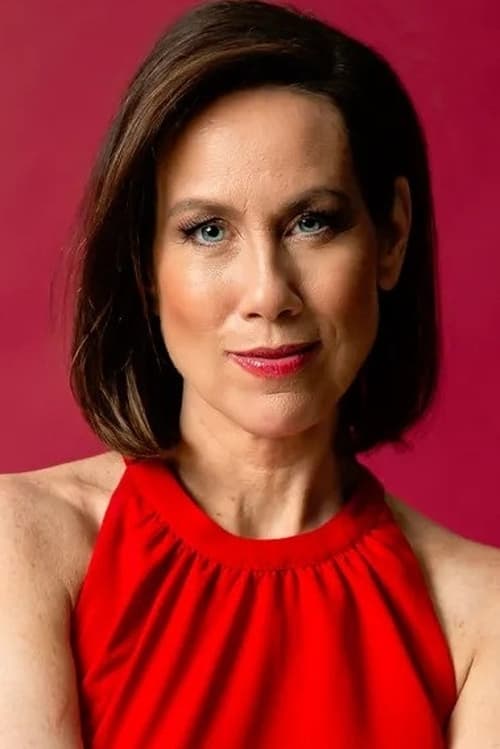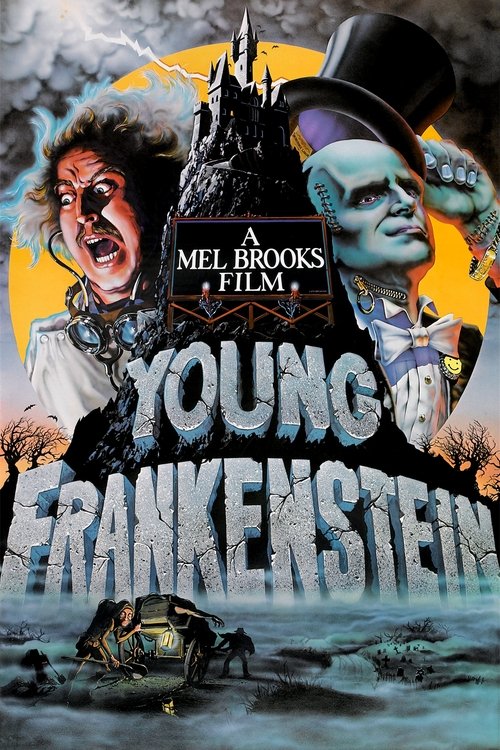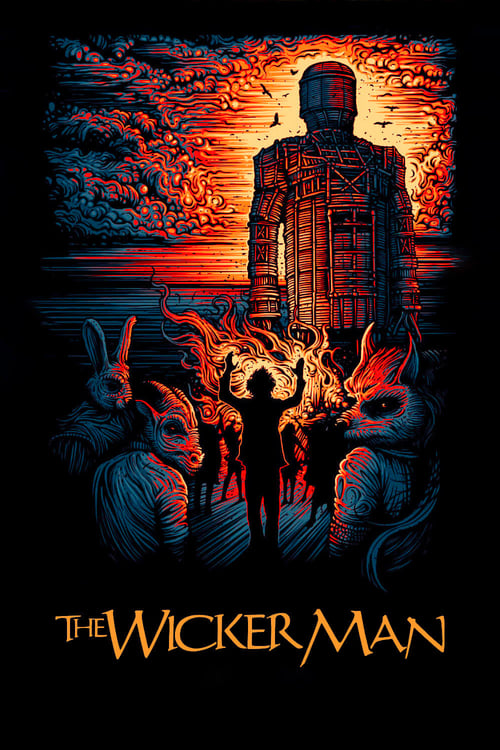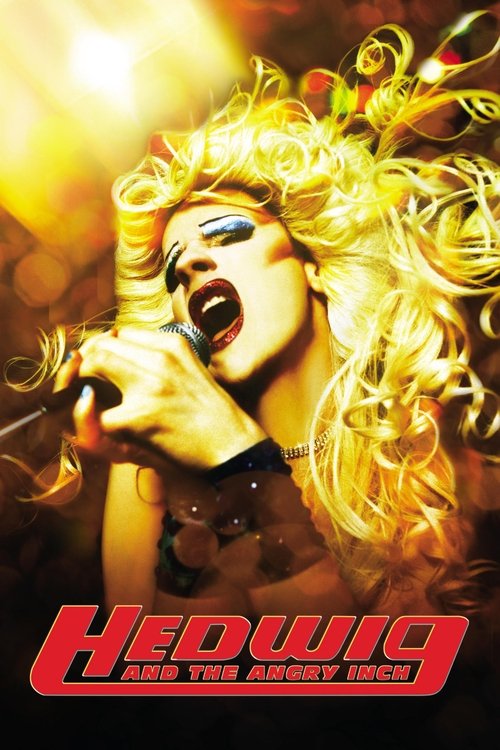
Hedwig and the Angry Inch
Raised a boy in East Berlin, Hedwig undergoes a personal transformation in order to emigrate to the U.S., where she reinvents herself as an 'internationally ignored' but divinely talented rock diva, inhabiting a 'beautiful gender of one'.
Dialogues from Movie Hedwig and the Angry Inch
Quotes from Movie Hedwig and the Angry Inch
Sound Tracks from Hedwig and the Angry Inch by Stephen Trask
Origin of Love
Origin of Love by John Cameron Mitchell, Hedwig explains the myth of the origin of love
Wicked Little Town
Wicked Little Town by John Cameron Mitchell, Hedwig reflecting on her past
Sugar Daddy
Sugar Daddy by John Cameron Mitchell, Hedwig sings to her love interest
Exquisite Corpse
Exquisite Corpse by Stephen Trask, Dramatic performance scene
The Long Grift
The Long Grift by Stephen Trask, Hedwig's commentary on love and relationships
Midnight Radio
Midnight Radio by John Cameron Mitchell, Climactic performance celebrating self-acceptance
Download App
Memorable Scenes from Movie Hedwig and the Angry Inch
The Origin Story
In a dimly lit kitchen, Hedwig reveals her backstory to an audience member. As she talks about her childhood in East Berlin, we see flashbacks of a young Hedwig dreaming of escape and love. The weight of longing hangs in the air as she shares the pain of her inadequacy and the drastic decision for surgery to pursue a love that never truly accepted her. This deep dive into her past lays the groundwork for her character's struggles with identity and acceptance throughout the film.
Context: This moment sets up the core themes of transformation, longing, and the search for true connection, which run throughout the movie.
Tear Me Down
During 'Tear Me Down,' Hedwig performs wildly on stage in a vibrant outfit. Each lyric reflects her scars and struggles against a backdrop of flashing lights and intense energy. As she sings about the destruction of her past relationships, you can feel the raw anger and determination to reclaim her identity. This is not just a performance; it's an emotional release, embodying her fight against societal rejection and personal demons.
Context: This performance highlights Hedwig's fierce spirit and anger at the world, cementing her position as a warrior rather than a victim.
Hedwig Meets Tommy
The meet-cute between Hedwig and a young Tommy is both sweet and bittersweet. As they bond over their shared love for music, viewers can sense the electricity in the air. Hedwig's affection and hope are palpable, as she sees Tommy as a way to validate her choices. However, the joy is tinged with uncertainty, foreshadowing the future heartbreaks.
Context: This scene marks the beginning of Hedwig's complicated relationship with Tommy, representing the dive into love that will challenge her deeply.
The Breakdown
After realizing that Tommy has taken her songs and become a star without her, Hedwig delivers an emotionally charged scene. In a dimly lit room, she breaks down on stage, harshly confronting Tommy while simultaneously revealing her own vulnerability. The pain in her eyes as she acknowledges her sacrifices is heart-wrenching, illuminating the complex balance of empowerment and despair.
Context: This moment is crucial as it underscores the theme of betrayal and the cost of love, showcasing Hedwig’s struggle to reclaim her voice.
Midnight Radio
In the climax of ‘Midnight Radio,’ Hedwig stands alone on stage, bathed in soft light. Her voice trembles with emotion as she sings about acceptance, looking back on her journey. This moment is cathartic, as audiences feel her growth from pain to empowerment. The surroundings fade away, leaving only her powerful presence and the raw beauty of her message.
Context: This scene symbolizes Hedwig's reclaiming of her identity and acceptance, tying together her struggles and triumphs.
The Angry Inch
In an explosive opening number titled 'The Angry Inch,' we see Hedwig's unapologetic embrace of her identity. The performance is visceral and vibrant, conveying all the pain, rage, and defiance she feels. The blend of humor and raw emotion resonates, as audiences witness her journey in one unforgettable performance.
Context: This sets the tone for the film, establishing Hedwig as a fierce, complex character before the deeper emotional arcs unfold.
The Final Revelation
Towards the conclusion, Hedwig experiences an emotional catharsis, revealing the truth behind her transitions and her love for Tommy. The confessional tone is both heartbreaking and liberating, culminating in a devastating yet hopeful understanding of her journey. This scene is particularly powerful as it highlights her acceptance of her past and the beauty in her scars.
Context: This moment serves as a pivotal emotional release for viewers, tying together themes of identity, self-acceptance, and the complexities of love.
The Breakup
The confrontation between Hedwig and Tommy after their relationship has deteriorated is raw and emotional. This exchange drips with tension and heartbreak, each line revealing deeper wounds and betrayals. It's a moment that feels real, as two lovers turn into foes, leaving Hedwig feeling utterly shattered.
Context: This moment captures the turning point in their relationship, emphasizing the pain of unreciprocated love and the cycle of heartbreak.
Hedwig's Confession
Hedwig confides in the audience about her insecurities, sharing intimate thoughts that show her raw humanity. The sincerity in her words cuts deep, inviting viewers to empathize with her struggles and insecurities which transcend the performance. The intimate connection she forms here makes audiences reflect on their own identities and relationships.
Context: This connection personalizes her character, moving beyond the glamor and pain to touch on fundamental issues of identity and love.
The Song That Labels Us
As Hedwig performs 'Wicked Little Town,' the visuals of flashing memories depict her dreams and the harsh realities she's faced. This scene blends haunting imagery with the beautiful melancholy of the song, highlighting the stark contrast between aspirations and reality. The sense of loss is palpable, as the song serves as an anthem of surrender.
Context: This performance connects deeply to the theme of disillusionment, reflecting Hedwig's emotional battle and her yearning for a place in the world.
The New Identity
Hedwig's transformation on stage as she begins to embrace her true self is visually striking. The use of colors and lighting amplifies her dramatic change, symbolizing her acceptance and struggle for authenticity. This moment is both liberating and empowering, allowing the audience to see her evolution.
Context: This scene emphasizes the central theme of finding and embracing one's identity amidst chaos and confusion.
The Support Group
In a tender, quiet moment, Hedwig joins a group of fellow misfits. As they share their stories, Hedwig realizes she is not alone in her struggles. The camaraderie and shared vulnerability create a serene atmosphere, resonating deeply with the viewers who may have felt isolated themselves.
Context: This scene emphasizes the theme of community and belonging, reinforcing that everyone has their own battles and stories to tell.
Absence of Love
The silence after Tommy leaves Hedwig is deafening. The emptiness in the room mirrors her loss, and the ache of abandonment is felt profoundly. This silence becomes a powerful narrative device that speaks volumes about her heartbreak, as the vibrant world around her fades away.
Context: This poignant silence underlines the emotional weight of her experiences, highlighting the cost of love and the void it leaves behind.
Hedwig's Retreat
In a reflective moment, Hedwig stands alone, contemplating her past while looking towards the horizon. The visuals here are visually striking, with sunset colors casting a warm glow, symbolizing hope. The internal struggle becomes clear as she seeks peace within her chaotic emotions.
Context: This scene marks a shift, indicating Hedwig's journey toward self-acceptance and forgiveness amidst her turmoil.
The Final Performance
In the climactic final number, Hedwig pours her heart out in a mesmerizing performance. The raw, unfettered emotion captures the audience's attention, leaving them spellbound. Every note and word is imbued with her journey's pain, joy, and ultimate acceptance. It's a defining moment in her arc where she finally stands in her truth.
Context: This performance encapsulates Hedwig's growth and encapsulates the film's exploration of identity, love, and liberation.
Discovering Freedom
As Hedwig steps out from behind her persona into the light, there’s a moment of tentative liberation. The visuals highlight her freedom from the constraints that once held her back. It’s a pure, transformative experience where the burdens she carried begin to lift.
Context: This scene signifies the culmination of her struggle and the evolving nature of her identity, linking it directly to the film's main themes of freedom and self-discovery.
The Embrace of Acceptance
In a powerful close to the film, Hedwig embraces her vulnerability, allowing her audience to see her true self. The moment is a mixture of joy and heartbreak, an acceptance of everything she is – flaws, scars, and all. Viewers are left feeling a deep connection to her courage to be vulnerable.
Context: This moment ties all narrative threads together, underscoring the film's themes of authenticity and self-acceptance.
A Look Back
In her last reflection, Hedwig looks back on her journey with bittersweet nostalgia, showcasing flashes of her past contrasted against her present. The visuals provide a tapestry of her life, each moment colored by the experiences she wished to forget yet ultimately shaped her. It's a moment filled with both sadness and hope.
Context: This wrap-up shifts the viewer's perspective on her journey, revealing how every experience has contributed to her self-identity, reinforcing the theme of personal growth.
The Surge of Healing
As the film closes, Hedwig’s journey culminates in a sense of hope. The final scenes reflect her newfound sense of self, resonating with the audience who feel her emotional journey. The montage of performances symbolizes healing through art, allowing her to transcend pain and connect with others.
Context: This closing moment encapsulates the film's essence, leaving audiences with a sense of closure and the hope that comes from embracing one's identity.
Download App


